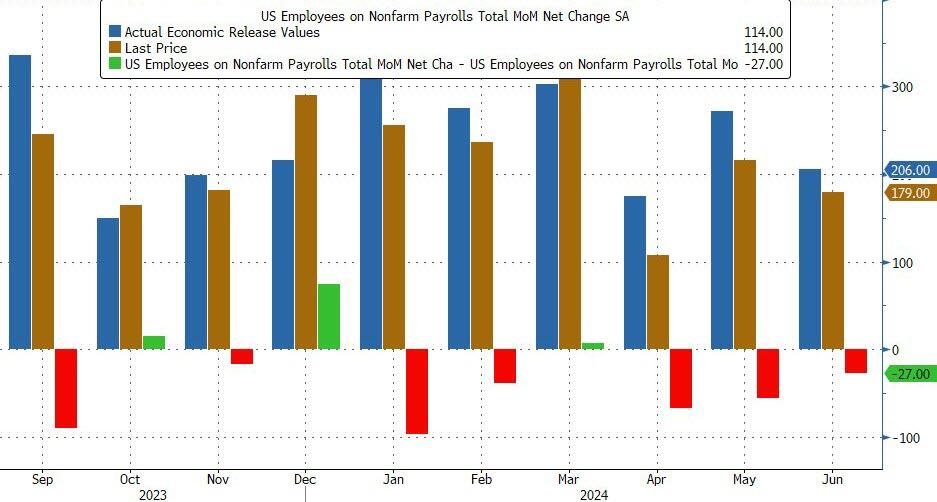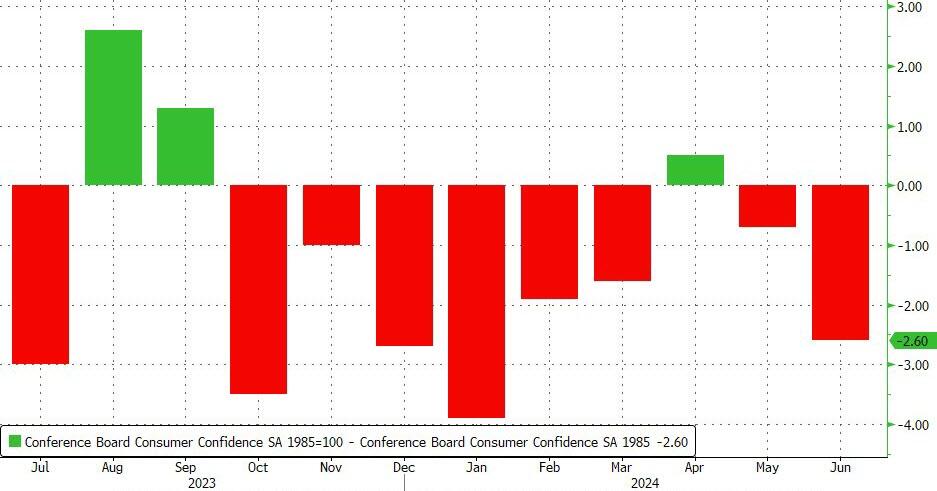Despite Legal Concerns, Biden Let Government Scientists Join United Auto Workers Before Securing Union’s Endorsement

As Joe Biden courted the crucial endorsement of the United Auto Workers, his administration allowed government scientists to join the blue-collar union, ignoring legal concerns.
The Biden administration permitted graduate students doing temporary work for the National Institutes of Health (NIH) to unionize, despite initially stating that they were ineligible because they were not even employees. The white-collar academics have since become a highly political and radically-Democratic faction within the auto workers union, which is otherwise losing membership.
The reversal came as Biden “systematically courted” the endorsement of UAW honcho Shawn Fain, who had been critical of the president, but came through with the endorsement soon after the NIH move.
The UAW has turned to students and academics, despite having little in common with blue-collar factory workers, to offset the hemorrhaging of its membership after the National Labor Relations Board (NLRB) allowed teaching assistants at private universities to unionize. More than a quarter of “auto workers” union members now actually work in academia.
NLRB decisions don’t apply to the Federal Labor Relations Authority (FLRA), which governs federal employee unions.
In June 2023, graduate student-level research fellows affiliated with NIH petitioned the FLRA to grant permission to hold an election to decide whether some 5,000 early-career scientists could unionize.
NIH submitted paperwork to FLRA opposing the move, the union organizers said. Science reported at the time that the FLRA argued the temporary academics were not actually employees and therefore not eligible under the law to unionize.
“The Agency is of the view that individuals in all categories appointed under the CRTA [Cancer Research Training Award] and IRTA [Intramural Research Training Award] authorities, i.e., all categories other than Clinical Fellows, Research Fellows, and Senior Research Fellows, are not employees under the Statute,” the Biden administration’s document said.
A post-baccalaureate fellow, Emilya Ventriglia, acknowledged that the NIH program was akin to a training program that included “workshops and… different aspects of training us to be scientists. But I do fail to see how that negates us being workers.”
But the NIH dropped its objection days later after consulting with the Department of Health and Human Services.
“NIH has accepted the petition to include all individuals described and stands ready to work … on an Election Agreement,” Science reported on August 10, 2023. The agency did not explain why what previously was illegal “under the Statute” was suddenly not, except to say that the reversal came “after additional consultation with HHS.”
In December, FLRA certified the new union, a move that stood to steer millions of dollars in new dues money to UAW, automatically deducted from federal paychecks.
“Some 5,375 early-career NIH researchers have formed a union. The vote to establish the NIH Fellows United-UAW union was certified by the U.S. Federal Labor Relations Authority in December. Of the approximately 1,700 NIH fellows who voted, 97.8% voted in favor of the union,” the new union said.
“This is the first union of its kind in the U.S. federal government. The NIH Fellows United-UAW union will cover, to varying degrees, postbaccalaureate, predoctoral, postdoctoral, research, and clinical fellows working at NIH,” it added.
The next month, on January 24, the UAW endorsed Biden.
“This November, we can stand up and elect someone who wants to stand with us and support our cause,” Fain said.
WHEN THE UNION’S INSPIRATION THROUGH THE WORKERS’ BLOOD SHALL RUN THERE CAN BE NO POWER GREATER ANYWHERE BENEATH THE SUN YET WHAT FORCE ON EARTH IS WEAKER THAN THE FEEBLE STRENGTH OF ONE BUT THE UNION MAKES US STRONG pic.twitter.com/zpjpUEc0YQ
— NIH Fellows United-UAW (@nihfellowsunite) June 30, 2023
The emergence of the union came at a cost to efforts to reestablish NIH as a science agency trusted by most Americans, following the politicization associated with Anthony Fauci. Union organizers’ rhetoric has been highly political and uniformly leftist. Its social media promotes Bernie Sanders, and all of the bargaining team uses pronouns after their names.
In one public statement, a green-haired “predoctoral fellow” said the purpose of the union was to advance “a commitment to diversity” and to “amplify the unique voices of NIH fellows of all backgrounds” to build “equitable systems.”
Nearly 98 percent of eligible employees voted to affiliate with the group.
“Numbers Aren’t Jiving To The Real World” – Huge Revisions Leave Traders Questioning Biden Admin’s Fake Energy Data Designed To Pump Biden Investors Stock’s
Just over a year ago, we commented on the “massive” revisions that the statistical arm of Biden administration’s Department of Energy – the Energy Information Administration (EIA)…
The Biden admin will not stop fabricating data and draining the SPR to push the price of oil lower https://t.co/mxYq4hyCnY
— zerohedge (@zerohedge) June 30, 2023
Adding to those who questioned the ‘fabrication’ that:
When is the last time demand estimates were revised lower
— zerohedge (@zerohedge) June 30, 2023
Zoom forward a year and the ‘revisions’ across multiple (government-supplied) macro data items are now well known and widespread… and statistically noteworthy that the revisions tend to be negative (implying the initial data was ‘optimistic’)…
Payrolls (7 of the last 10 months have seen downward revisions)…
Consumer Confidence (9 of the last 12 months have seen confidence revised lower)…
The situation has become so widespread that even the mainstream media is forced to admit that there is something odd going on.
Specifically, circling back to our initial thoughts, Reuters reports this morning that a string of dramatic revisions to official U.S. oil consumption data have unnerved market participants who rely on the figures to trade.
The EIA published a monthly update last week that showed U.S. oil consumption at a seasonal record in May as motorists burnt more gasoline than even before the pandemic.
That data conflicted with weekly updates published that month showing oil and fuel demand struggling to even match last year’s levels.
The EIA says the weekly figures for May were off because preliminary readings overestimated gasoline output and undercounted exports. The agency does not expect weekly estimates to be as accurate as monthly data, but to be consistent in showing general trends.
Of course it just happens that the initially ‘weak’ demand figures helped lower crude and gasoline prices at a time when inflation was rearing its ugly head once again and Bidenomics was hitting the wall. And as is the case with payrolls revisions (or consumer confidence), traders reactions to the revisions are dramatically less sensitive than they are to the original prints.
However, as Reuters reports, these discrepancies (we are being polite) are starting to make market participants question the version of reality they are being sold.
“It makes you wonder why anyone is paying attention to the weekly numbers,” said Tom Kloza, head of energy analysis at Oil Price Information Service (OPIS). Many fuel marketers have expressed disbelief over the revisions the EIA made to its numbers in May, he added.
A trader at one of the largest commodities distribution firms said the revisions left them befuddled, and warned such changes could ultimately hurt consumers as decisions on how much fuel to import are influenced by the EIA data.
“It’s a trend that’s a little concerning to me,” GasBuddy analyst Patrick De Haan says.
“The EIA has been the bedrock for analysts, but skeptics may be gaining more validity to arguments that the EIA numbers aren’t jiving to the real world.“
Since when did the ‘real world’ have anything to do with macro data during an election year?











